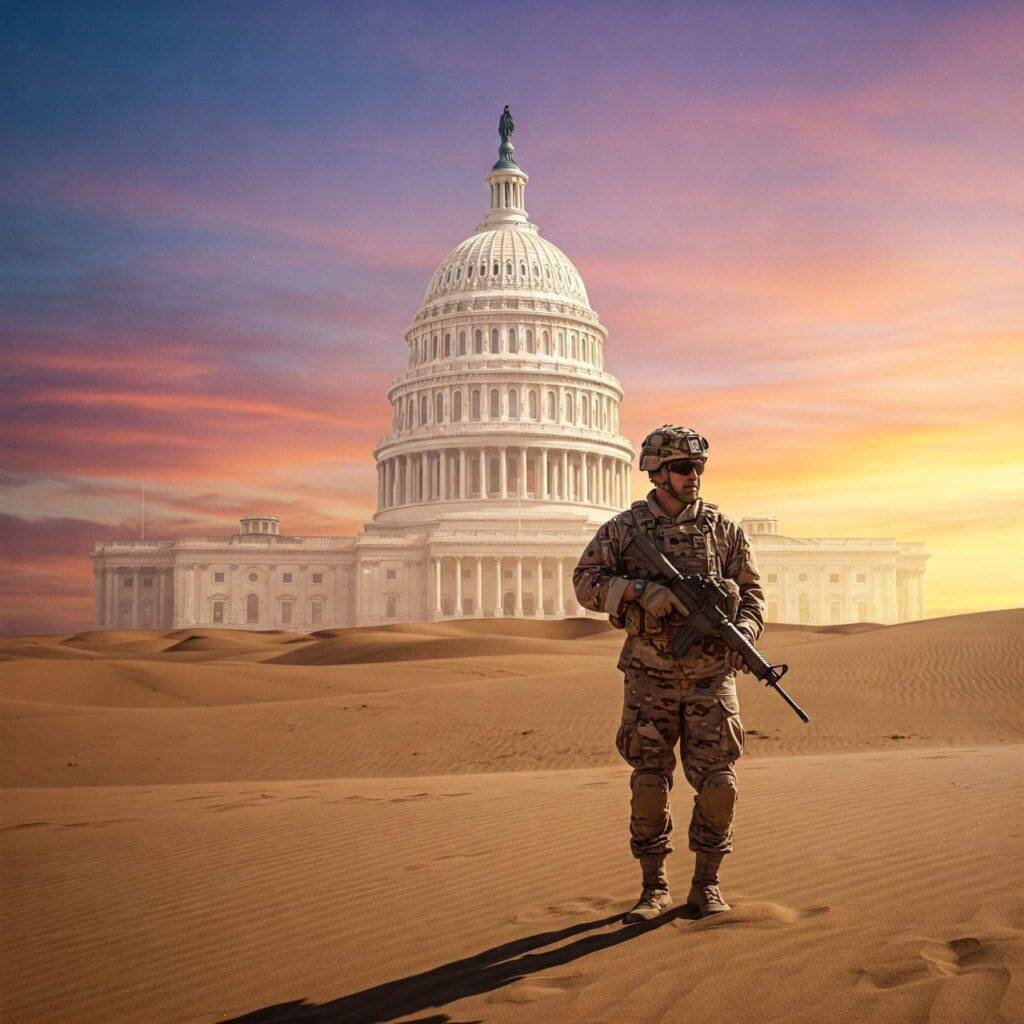Major crises have redefined the United States, reshaping its laws and priorities in profound ways. From 9/11 to COVID: how crises changed U.S. policy is a story of transformation, from heightened security measures to bold public health reforms. In this post, we dive into how these pivotal moments—9/11 and the COVID-19 pandemic—sparked sweeping policy shifts that continue to shape American life. Join us for an engaging journey through two decades of change, packed with insights and actionable takeaways.

9/11: The Dawn of the Security State
The Patriot Act and Surveillance Surge
From 9/11 to COVID, the September 11, 2001, terrorist attacks stand as a turning point in how crises changed U.S. policy. The attacks triggered a massive shift toward national security, with the USA PATRIOT Act as a cornerstone.
- Key Policy: Enacted in October 2001, the PATRIOT Act expanded government surveillance, allowing broader data collection, per the Electronic Frontier Foundation.
- Impact: The creation of the Department of Homeland Security (DHS) and Transportation Security Administration (TSA) revolutionized domestic security, making airport screenings standard.
- Takeaway: Weigh the balance between security and privacy when assessing how crises changed U.S. policy post-9/11.
This shift set the stage for future policy transformations.
The War on Terror: Redefining Global Policy
Military Power and Foreign Policy Overhaul
Another way from 9/11 to COVID crises changed U.S. policy was through the War on Terror, which reshaped America’s role on the world stage. The invasions of Afghanistan and Iraq marked a bold new approach to military action.
- Data Point: The Costs of War Project estimates post-9/11 wars cost $8 trillion and displaced millions.
- Impact: The Authorization for Use of Military Force (AUMF) gave presidents sweeping war powers, still active today.
- Takeaway: Push for stronger congressional checks to ensure balanced military policies.
These changes highlight how 9/11 drove lasting shifts in U.S. foreign policy.

COVID-19: Prioritizing Public Health
The CARES Act and Emergency Measures
The COVID-19 pandemic marked another chapter in from 9/11 to COVID: how crises changed U.S. policy, shifting focus to public health and economic relief. The CARES Act became a landmark response to the crisis.
- Key Policy: The $2.2 trillion CARES Act of March 2020 delivered stimulus checks, business loans, and unemployment aid, per the U.S. Treasury.
- Impact: Federal and state governments expanded emergency powers, enforcing lockdowns and vaccine mandates, sparking debates over freedoms.
- Takeaway: Support policies that balance health priorities with economic and personal liberties.
COVID showed how crises can swiftly reshape U.S. policy to address urgent needs.
Post-COVID: Economic and Social Transformation
Remote Work and Equity Initiatives
Beyond health, from 9/11 to COVID, the pandemic spurred enduring economic and social policy changes. Remote work, labor protections, and equity measures gained momentum as policymakers adapted.
- Example: The Department of Labor revised workplace safety rules to support remote and hybrid work.
- Impact: Policies promoting healthcare access and racial equity, like expanded Medicaid, surged, per a 2022 Kaiser Family Foundation report.
- Takeaway: Advocate for inclusive, flexible policies to sustain these gains.
These shifts show how crises changed U.S. policy for a more equitable future.

How to Navigate Future Policy Shifts
From 9/11 to COVID, crises have taught us critical lessons about how U.S. policy evolves. Here’s how to stay informed and shape future responses:
- Track Legislation: Use GovTrack.us to monitor new laws during crises.
- Demand Accountability: Support groups like the ACLU that protect civil liberties in security policies.
- Engage Locally: Contact representatives to influence emergency or relief policies.
- Balance Needs: Push for policies that address crises without eroding freedoms.
- Learn from History: Study how crises changed U.S. policy to prepare for future challenges.
By staying proactive, you can help guide the policies that emerge from the next crisis.
Conclusion: Crises as Drivers of Change
From 9/11 to COVID: how crises changed U.S. policy reveals a nation reshaped by challenges, from security and military dominance to public health and social equity. These crises, though difficult, sparked innovation and resilience. By understanding how crises changed U.S. policy, we can advocate for smarter, fairer responses in the future. Stay curious and engaged to shape what’s next.





